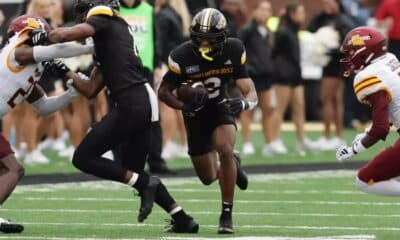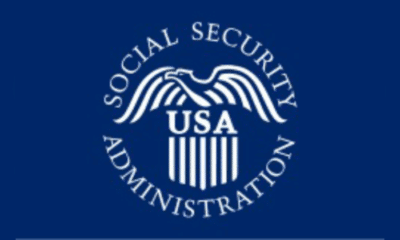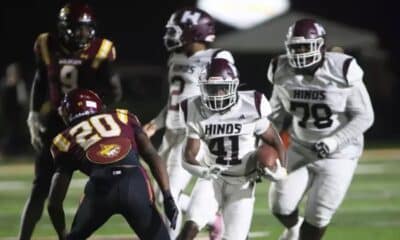Opinion
New mural celebrates how far Vicksburg has come

VICKSBURG, Miss. by Don Hill (VDN) — The newest mural taking shape downtown may seem like a simple celebration of fireworks and festivity, but for those who know Vicksburg’s history, it marks something far more meaningful.
That mural, honoring the city’s now-beloved Fourth of July celebrations, sits on top of a long and complicated legacy. Vicksburg did not celebrate Independence Day for nearly a century after the city surrendered to Union forces on July 4, 1863. In fact, it wasn’t until after World War II—well into the late 1940s and early ’50s—that locals even cautiously observed the holiday. It wasn’t until the nation’s bicentennial in 1976 that the day was formally celebrated as the Fourth of July in the way most cities had done for generations.
President Dwight D. Eisenhower’s 1947 visit helped nudge that process forward, but the healing came slowly. For decades, July 4 was remembered not as a national birthday, but as a painful anniversary.
And that’s what makes this mural such a surprising—and welcome—addition to Vicksburg’s visual and civic landscape. It doesn’t just depict a moment in time. It reflects how far the city has come.
Today, the annual Fourth of July celebration is one of the most widely attended events in the city. It’s a gathering marked by community, joy and unity. Fireworks light up the sky over the Mississippi River, and year after year, residents come together—not just to watch, but to feel a sense of shared place.
Mayor George Flaggs Jr. has long taken pride in the city’s fireworks display, touting it as the longest fireworks show in the state. It’s not just the bursts of color—or even the duration—that impress. It’s the mood, the atmosphere, the way the city collectively exhales and celebrates. You have to be there to truly understand it. No photo or video really captures what it feels like to stand there, shoulder to shoulder with your neighbors, watching the night sky turn brilliant.
That feeling—that sense of shared civic identity—is now being painted on a wall. And while a mural may seem like just 40-something gallons of paint and a few images, it speaks volumes. It is a symbol of how Vicksburg has begun to untether itself from a past that once defined it completely.
The mural is not about forgetting July 4, 1863. It’s about embracing July 4, now. After 162 years, Vicksburg is showing signs that it is moving forward—not in spite of its history, but beyond it.
So hats off to the Vicksburg Main Street Program, Visit Vicksburg, and everyone involved in bringing the mural to life, including mural artist Craig Thomas. In capturing something as seemingly simple as fireworks, they’ve given shape to something quietly profound—a symbol of joy, community, and a city learning not just to remember its past, but to rise from it.
See a typo? Report it here.












